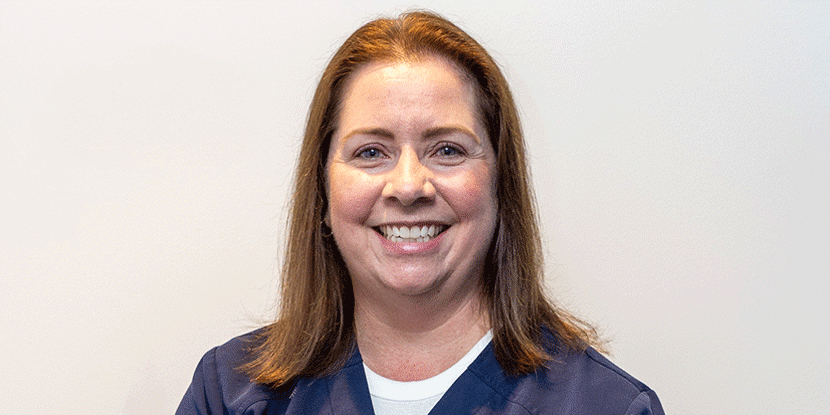Signs You Have Dislocated Your Shoulder
- Category: Shoulder
- Posted On:
- Written By: Hoag Orthopedic Institute

Background Information
The arm’s upper bone, the humerus, sits in a shallow well on the scapula known as a glenoid. This is the primary skeletal structure of the shoulder. The glenoid is made slightly more stable by a ring of cartilage known as the labrum, which holds the humeral head in place. A shoulder is “dislocated” when the humeral head slips out of the glenoid, either towards the front of the body (anterior dislocation) or towards the back of the body (posterior dislocation).
The shoulder is the most common joint to experience dislocations because it is primarily held together by a tight network of ligaments and tendons. The bones of the shoulder are actually quite unstable. Their inherent instability inevitably leads to dislocation when the shoulder experiences sudden force or impact. Shoulder dislocations are fairly common in recreational or youth sports, such as football.
Identifying a Dislocated Shoulder
Dislocated shoulders will be incredibly unstable, unable to bear weight or move. They will also be visibly deformed. The rounded slope of the shoulder will flatten out when the humerus is dislocated. In addition, the arms’ lengths will not match up, as dislocation causes the arm to lengthen slightly.
Common symptoms of dislocation include:
- Swelling
- Numbness
- Bruising
- Weakness
- Muscle spasms
- Intense pain
Treatment & Rehabilitation
Over 95% of shoulder dislocations are anterior dislocations, caused by external, forceful rotation. Treatment will include icing the shoulder several times a day while resting the arm in a sling. While the shoulder can be reset immediately, the shoulder will experience pain and soreness for several weeks due to potential ligament tears and soft tissue damage.
Rehabilitation exercises will be prescribed to you by your doctor. These exercises strengthen the muscles surrounding the shoulder, creating more stable mobility while preventing the possibility of a future dislocation. The stronger your shoulder muscles, the more tightly your humeral head will remain in the glenoid. If the shoulder is dislocated repeatedly, a brace may be able to help restore stability.
If you have any questions, feel free to call (855) 999-4641 today, or visit our Dislocated Shoulder Treatment page.

